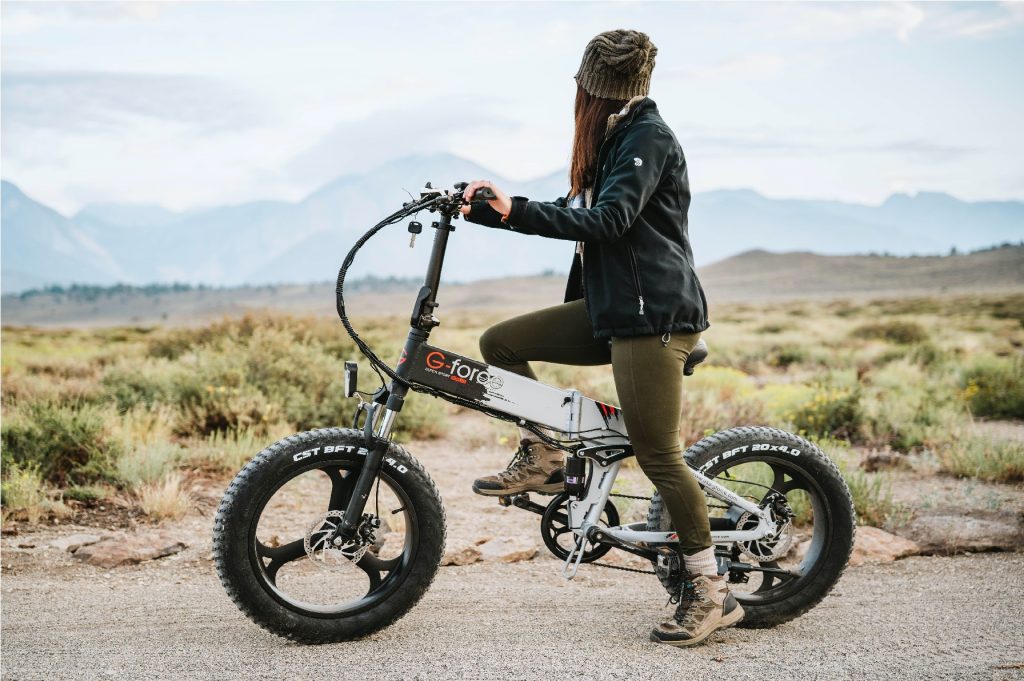Dirt bikes are incredibly versatile machines. Riders can take them just about everywhere, getting off the beaten path in ways that most other vehicles can’t. Riding on difficult terrain can take its toll on a bike and its rider, though, so it’s important to be prepared. Riding on sand is no exception. Read on to find out how to get prepared.
Get the Right Gear
Riding on sand poses all kinds of extra challenges, but they’re nothing that the right gear can’t resolve, or at least mitigate. Here are a few things to consider:
- To protect plastic and paint, consider putting decals on your Kawasaki.
For added traction, consider investing in sand or paddle tires.
Invest in protective gear that can withstand sand’s abrasive nature.
Get a safety flag that’s at least eight feet tall to improve visibility and comply with state-sanctioned park rules.
Bring a spare gas tank to accommodate the fact that dirt bikes burn through more fuel on the dunes.
Prepare the Bike
Even riders who can’t afford to invest in new tires or other specialized gear can take some steps to ensure their bikes are well-prepared. Reducing the pressure in knob tires to between eight and ten PSI can improve grip and create a flotation effect on the sand, for example.
Riders shouldn’t just focus on external preparations. It’s even more important to ensure that the bike is mechanically ready to hit the dunes. Remember, sand gets everywhere, and it tends to stick. Failing to account for that can wear down chains and other drive parts, so switch to a light chain oil or eschew lubrication entirely. It’s also worth switching out aluminum sprockets for steel ones, which will be better able to withstand the constant grind of the sand.
Air filters also need some extra protection. They’re not designed to handle a veritable tidal wave of sand, so if it enters the air intake, the filters can clog very quickly. It’s worth adding a membrane over the air filter to prevent sand from entering. Now is also the time to adjust the jetting to run richer since dirt bikes tend to run lean on the dunes.
Know How to Ride
Getting ready to ride on sand dunes doesn’t just involve preparing the bike and getting some extra gear. Riders should also be prepared to adjust their technique. Experienced riders recommend:
- Keeping the body positioned further back to keep the front wheel gliding over the sand instead of digging in.
Hitting the gas when it feels like the bike is going to wash out to lift the front wheel and get back a little more control.
Shifting the body all the way up to the front of the bike when turning hard, tight corners to take the weight off the rear wheel.
Use the legs to grip the bike to stay stable on rough terrain and avoid arm soreness.
Don’t be afraid to ask more experienced dune riders for tips. Most of them will be happy to talk shop.
Plan in Advance for the Perfect Trip
Most riders don’t have sand dunes in their backyards. They have to plan trips to ride on the sand, often traveling hundreds of miles or more to do so. It’s worth taking the time to prepare so that riders can make the most of every moment without worrying about damaging their bikes or injuring themselves.

